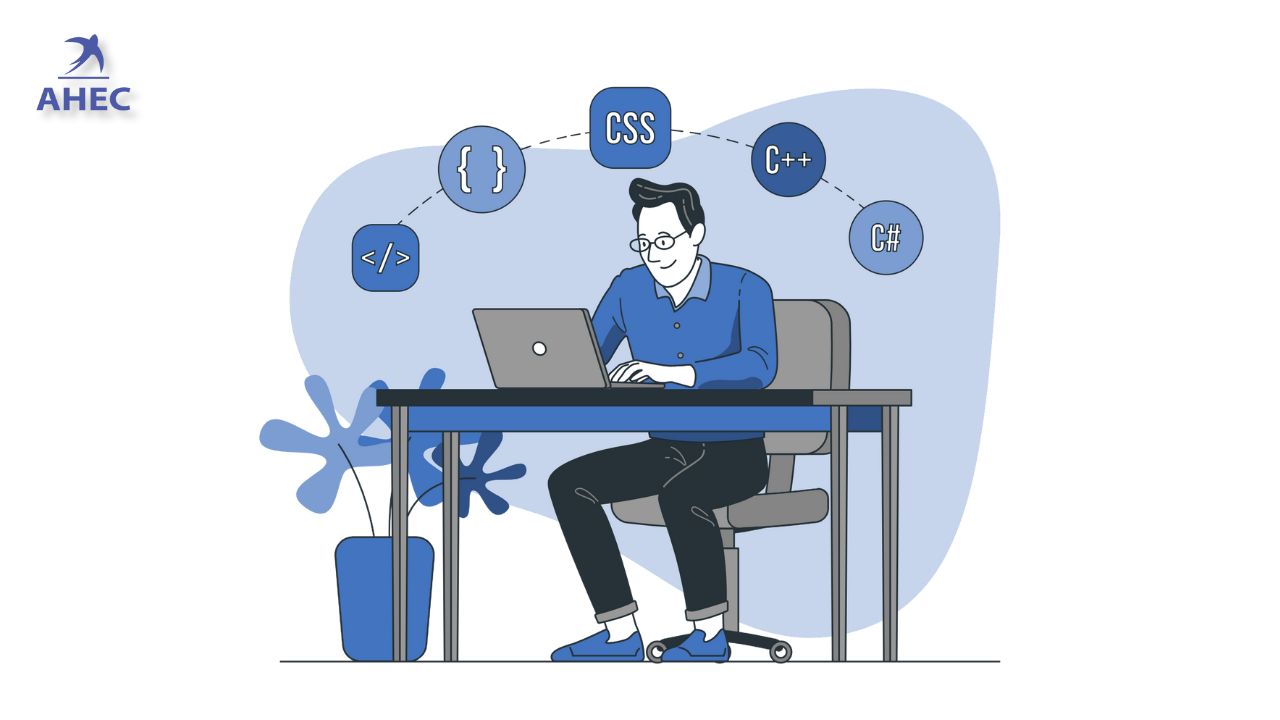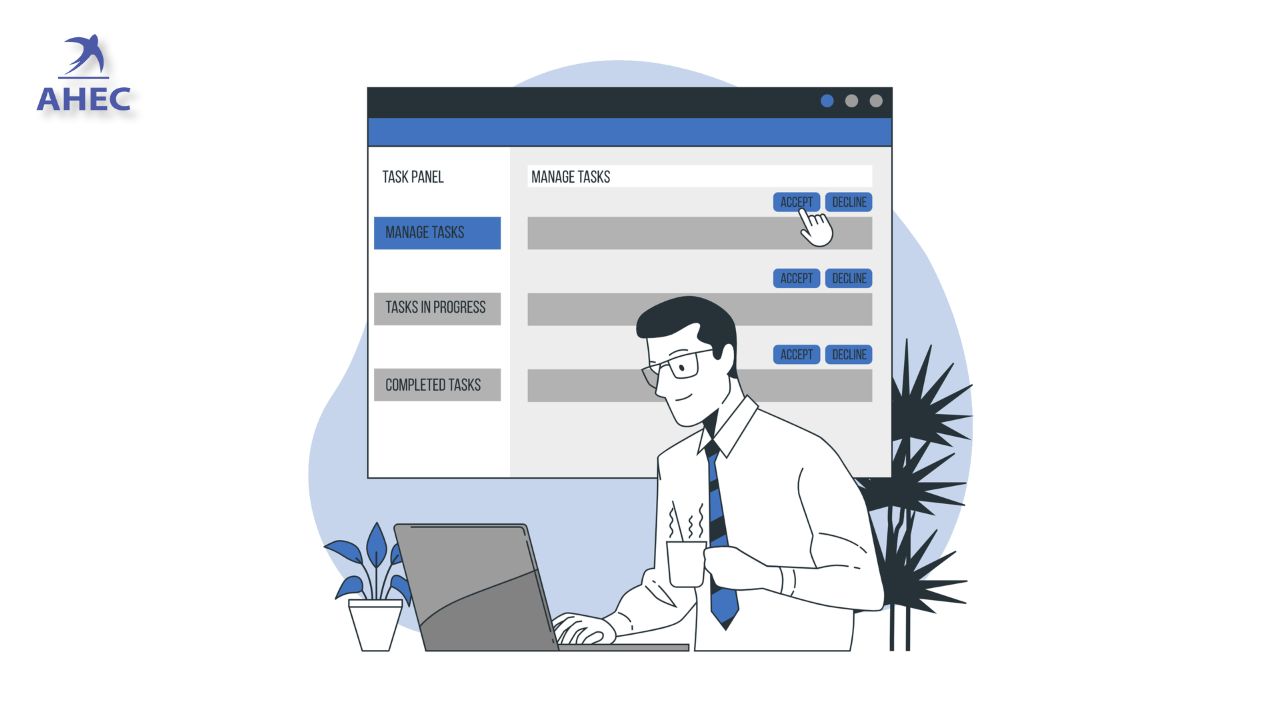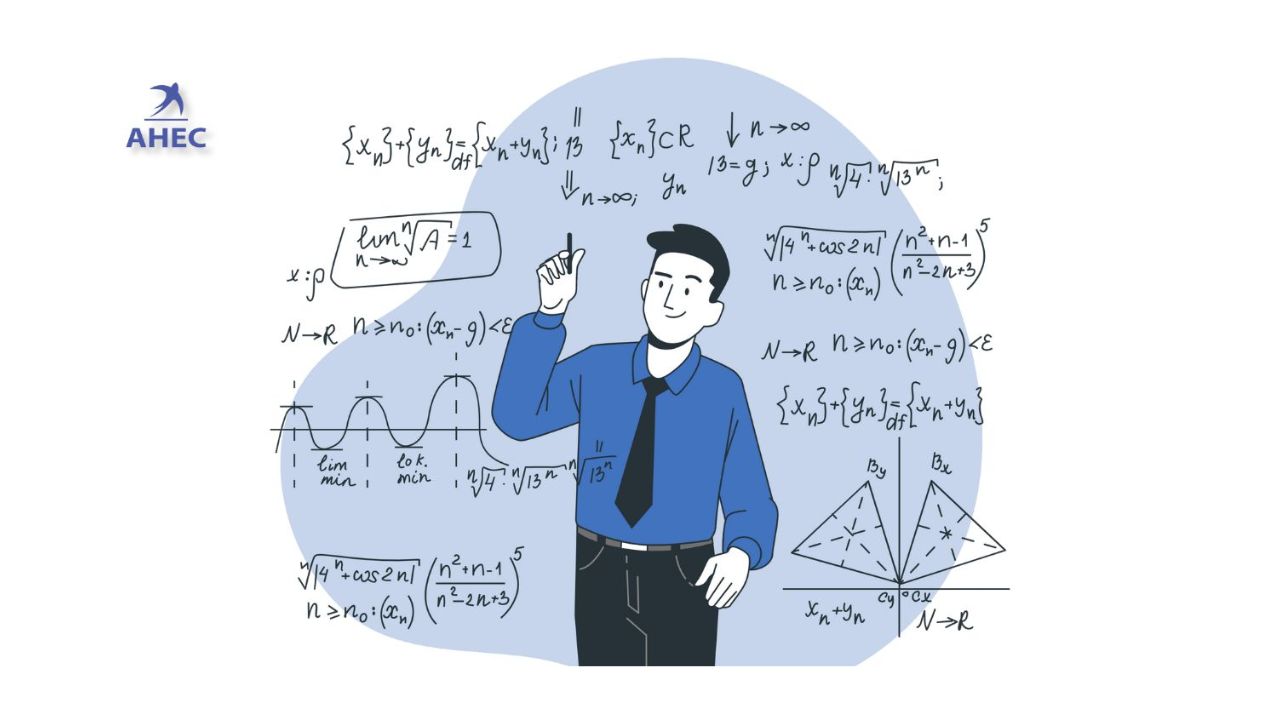Kobe University established in 1949, Kobe University is a national university located within Kobe, which is located in the Hyogo area of Japan. The origins of the university go back to 1902 when it was first named Kobe Higher Commercial School.
In the present, it is one of the biggest university systems in the United States, that has around 16,000 students enrolled with around 1,500 of them coming international students. Most of them are undergraduates, with approximately 4,500 studying at the graduate degree.
The majority of international students are from Asia first, then Europe and Africa There are also a few who come from Latin America, North America and Oceania.
Kobe includes 14 graduate schools as well as 11 undergraduate faculties that are spread over four campuses. The primary campus, known as located on the Rokkodai campus, is home to nine of its faculties, as well as other campuses located in Kusunoki, Myodani and Fukae.
There are a variety of scholarships offered to students who wish to attend Kobe. This includes those offered by the Japanese Government Scholarship System, JASSO/Honours Scholarship, Hyogo Prefecture Private Foreign Student Scholarship and The Kobe/Sugawara Scholarship.
In its efforts to provide students with an international perspective there are a range of initiatives available at the Kobe University. Its International Five-year Economics Education at Kobe (IFEEK) offers students the opportunity to complete an MBA in five years. The Kobe International Business and Research Programme (KIBER) offers business administration students the opportunity to take a year of study abroad as well as Kobe University Programme for European Studies. Kobe University Programme for European
Research (KUPES) It is a dual-degree program that trains experts from the European Union.
By way of the Institute of Promoting International Exchange Programmes The university manages it's Centre for EU Studies, Centre for Asian Studies, and the Office of the Americas.
One of the most important research projects is one of its major research initiatives is the Graduate School of Science, Technology and Innovation which was the first independent multidisciplinary master's school to be established in Japan.
History
The beginnings of the school can be traced to 1902 at the time Kobe Higher Commercial School was established. Kobe Higher Commercial School was founded. The first president of the school was Tetsuya Mizushima (1864--1928). In 1929, the school was changed to Kobe University of Commerce,and it was later changed in 1944 to Kobe University of Economics.
In 1949, as part of the new system of education in Japan the university was amalgamated together with Hyogo Normal School, Hyogo Junior Normal School, Kobe Technical College and Himeji High School, all of which were situated in Hyogo Prefecture, leading to the establishment the university of Kobe University.
Academic positions
Kobe University is one of the top schools in Japan. It can be found in various rankings, like the ones below.
General ranks
Shindai is ranked 10th in 2010's list of "Truly Strong Universities" by Toyo Keizai. In another ranking, Japanese prep school Kawaijuku Shindai was ranked Shindai at the eleventh top institution in Japan.
In the year 2010 QS World University Rankings ranked Shindai 234th in the world. Shindai is also listed as the 26th top university in the QS Asian University rankings.
Graduate school rankings
Eduniversal has ranked Shindai's MBA as the 6th top among all schools in Japan according to the MBA rankings. This is also 129th top in the world.
Shindai is one of the most prestigious universities of law in Japan because it was placed at 4th place in the year 2009 (and fifth in the year 2011) in the pass rate of the Japanese Bar Examination.
Search performance
Kobe University is one of the most prestigious research institutes in Japan. Based on Thomson Reuters, Shindai is the 14th top universities for research in Japan.
Weekly Diamond reported that Shindai is the 15th top research quality within Japan with respect to research-related funding for each researcher under the COE Program. In the same report it also ranks 20th on the scale of standard of education according to GP funding per student.
It has particularly a excellent research standard with respect to Social Science and Humanities.
Asahi Shimbun reported the number of academic articles published in Japanese leading legal magazines that are published by universitystudents, in addition, Shindai was ranked 5th in the period 2005-2009. The field of Economics also is a significant subject for Shindai. Based on RePec, Shindai is the 7th top Economics research university as of January 2011. In addition, Nikkei Shimbun on 2004/2/16 conducted a survey on the research standards for Engineering studies using Thomson Reuters, Grants in Aid for Scientific Research and questionnaires sent to the head of 93 of the most prestigious Japanese Research Centers, and Shindai was ranked 12th (informative ability of research results third) in this list.
Rankings of alumni
Shindai alumni Shindai are enjoying their successes in Japanese industries like those shown below.
In the weekly Economist's rankings, Shindai's graduates of Shindai have the top 18th percentage of employment in the top 400 firms across Japan. However Shindai's alumni's median salary is quite impressive, with the highest salary of the 10th position in Japan according to the president.
Mines ParisTech : Professional Ranking World Universities ranks Shindai as the 25th best university worldwide for 2011 in relation to how many alumni are who are listed among the CEOs of the 500 largest companies in the world.
The school is also ranked 12th in Japan in terms of the number of alumni who hold the position of executive within the companies listed in Japan This amount per students (probability to become the executive) ranks 21st.





























































































































































